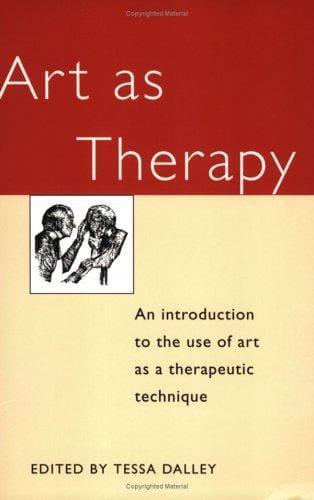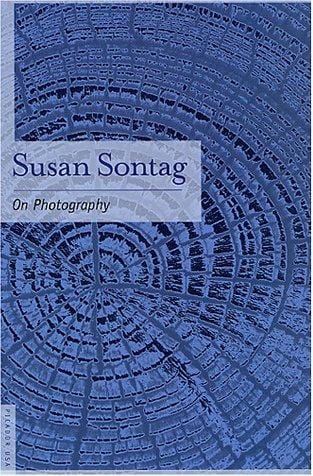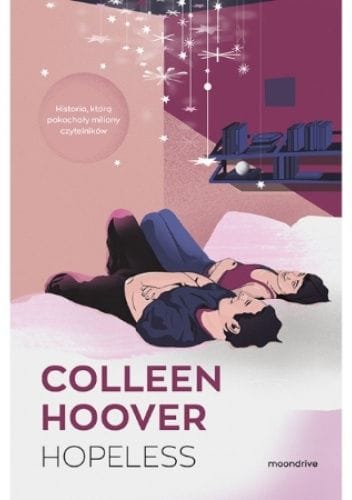Art as Therapy: Healing Through Creativity
Discover how art as therapy taps into creativity to reduce stress, boost mental health, and foster self-expression through painting, drawing, sculpting, and more.

Introduction
Across cultures and centuries, humans have instinctively turned to painting, singing, sculpting, and dancing to convey emotion, process trauma, and celebrate life. Today, this ancient impulse is finding its way into modern wellness programs under the banner of “art as therapy.” Whether you are dealing with anxiety, depression, chronic pain, or simply everyday stress, creative expression can open a pathway to relief and resilience. This article explores the science, methods, and practical steps involved in using art as a powerful therapeutic tool.
What Is Art Therapy?
Art therapy is a structured mental health modality that employs the creative process to foster psychological, emotional, and social well-being. Developed formally in the mid-20th century, it combines counseling principles with visual arts techniques, allowing clients to externalize thoughts and feelings that may be difficult to verbalize. Guided by a credentialed art therapist, individuals use materials such as paint, clay, collage, or digital media to create works that become starting points for reflection and healing. The goal is not to produce a museum-worthy masterpiece but to promote self-awareness, stress reduction, and personal growth.
The Science Behind Artistic Healing
Neurological Benefits
Creating art engages multiple brain regions simultaneously. When you pick up a brush, your motor cortex coordinates hand movements, the prefrontal cortex focuses attention, and the limbic system processes emotion. Functional MRI studies show that making art increases activity in the medial prefrontal cortex—an area linked to introspection and self-regulation—while lowering cortisol, the body’s primary stress hormone. Furthermore, repetitive motions such as coloring or knitting can activate the parasympathetic nervous system, inducing a calming “rest and digest” response similar to meditation.
Psychological Benefits
Beyond neurochemistry, art facilitates emotional release and cognitive reframing. By translating internal experiences into external images, individuals gain distance from intrusive thoughts and feelings, making them easier to examine objectively. Studies published in journals like Art Therapy and Frontiers in Psychology reveal that participants who engage in regular creative activities report decreased symptoms of depression and anxiety, improved self-esteem, and heightened mindfulness. Group art therapy also bolsters social connection, offering a non-verbal bridge for empathy and shared understanding.
Forms of Therapeutic Art
Art therapy is not limited to brushes and easels. Practitioners tailor activities to client preferences, physical abilities, and therapeutic goals. Common modalities include:
- Painting and Drawing – Ideal for exploring emotions through color, line, and texture.
- Sculpture and Clay Modeling – Useful for kinesthetic learners who benefit from tactile feedback.
- Collage and Mixed Media – Encourages spontaneity and symbolic storytelling through found images.
- Photography – Empowers clients to frame perspectives and document personal narratives.
- Digital Art and Animation – Appeals to tech-savvy youth and allows easy revision of work.
Regardless of the medium, the process remains the focal point: the act of creating is inherently healing.
How to Start an At-Home Art Therapy Practice
You do not need specialized training or expensive supplies to reap the benefits of art as therapy. Begin by setting aside a judgment-free zone where you can experiment without worrying about skill or outcome. Collect basic materials—sketchbook, markers, watercolors, or modeling clay—and allocate 15–30 minutes a few times a week for creative play. Choose a simple prompt like “Draw your mood” or “Paint a safe place.” While working, notice sensations in your body, the rhythm of your breathing, and any thoughts that arise. When finished, reflect on your piece: What colors dominate? What emotions surface? Write brief notes to reinforce insights. Over time, this practice can become a personal mindfulness ritual that anchors you during stressful periods.
Art Therapy in Clinical Settings
For deeper challenges—such as trauma recovery, addiction, or chronic illness—working with a licensed art therapist provides a structured environment for safe exploration. Certified professionals undergo rigorous training in psychology and the arts, equipping them to interpret symbolism, guide discussion, and integrate creative exercises with evidence-based techniques like cognitive-behavioral therapy (CBT) or dialectical behavior therapy (DBT). Hospitals, rehabilitation centers, schools, and veteran programs now incorporate art therapy to complement medical treatment, improve patient communication, and enhance quality of life.
Final Thoughts
Art as therapy underscores a universal truth: creativity is not a luxury but a biological necessity for human flourishing. Whether practiced at home or in a clinical setting, artistic expression taps into innate capacities for problem-solving, emotional regulation, and connection. By embracing the messiness of paint, clay, or digital pixels, we give ourselves permission to heal in vivid color. So pick up a pencil, splash some paint, or snap a photo—the canvas of well-being is waiting for your unique signature.



